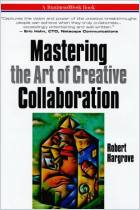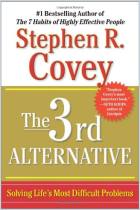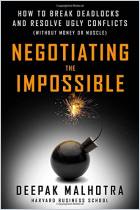Join getAbstract to access the summary!

Join getAbstract to access the summary!
Adam Kahane
Collaborating with the Enemy
How to Work with People You Don’t Agree with or Like or Trust
Berrett-Koehler, 2017
What's inside?
While “collaboration” may have a bad reputation, sometimes it’s the only way to get things done.
Recommendation
Collaboration is essential in today’s workplace, but you may have to work with people whom you dislike and who dislike you. Social enterprise expert Adam Kahane, who has spent 25 years helping groups around the world negotiate seeming irreconcilable differences, explains how to work with those you’d rather avoid, achieve your goals and maybe even make peace. He discusses when, how and why collaboration works and warns against its pitfalls. getAbstract recommends his well-organized manual to anyone who must find common ground where none seems to exist.
Summary
About the Author
Adam Kahane is a director and co-founder of Reos Partners, an international social enterprise. He has worked in more than 50 countries with executives and politicians, generals and guerrillas, civil servants and trade unionists, community activists and clergy.



















Comment on this summary